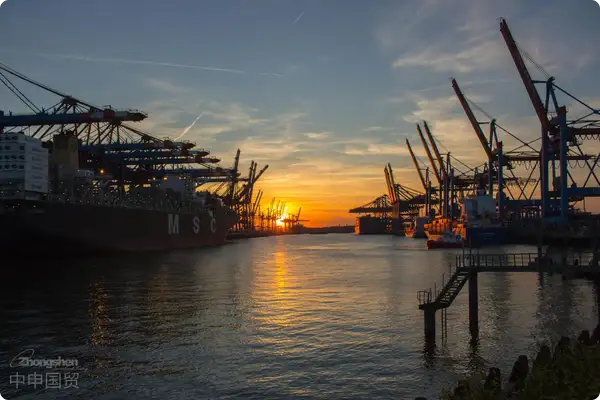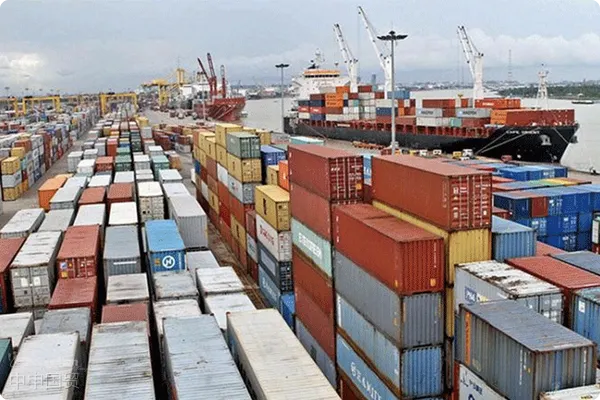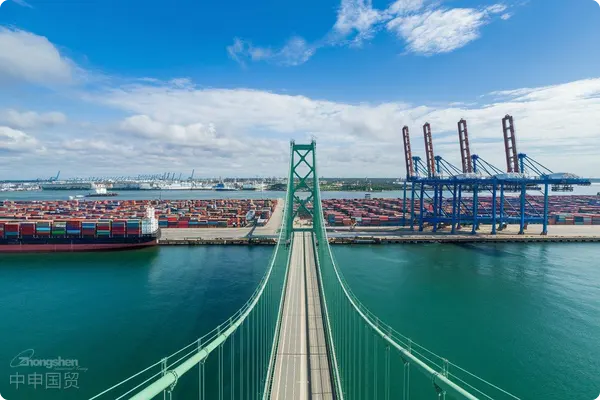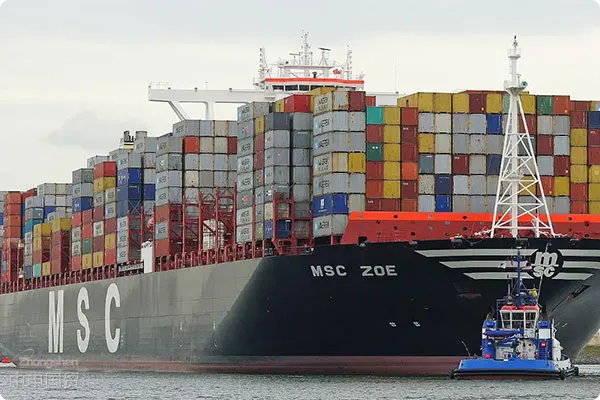- Shanghai Zhongshen International Trade Co., Ltd. - Two decades of trade agency expertise.
- Service Hotline: 139 1787 2118

In the context of global trade, the customs clearance agency export process has become a key link for enterprises to expand into international markets. This article will provide an in-depth analysis of each step in the customs clearance agency export process, helping companies understand the key steps for efficient clearance, reduce export costs, and improve export efficiency.
I. Basic Concepts of Customs Clearance Agency Export
Customs clearance agency export refers to the process where enterprises, through professional customs clearance agencies, declare export goods and complete related procedures in accordance with national laws, regulations, and policies. Customs clearance agency export has the following characteristics:
1. High professionalismProfessionalism: Customs clearance agencies possess extensive industry experience and expertise, providing professional customs clearance services to enterprises.
2. High Efficiency: Customs clearance agency export helps enterprises save time and effort, improving export efficiency.
3. Low Cost: Through customs clearance agency export, enterprises can reduce customs clearance costs and enhance economic benefits.
II. Detailed Explanation of Customs Clearance Agency Export Process
Sign an agency agreement
Enterprises first need to select a qualified customs clearance agency and sign an agency agreement with them. The agreement should clearly define the rights and obligations of both parties to ensure smooth cooperation.
Prepare Export Documents
Export documents are essential for customs clearance agency export, including commercial invoices, packing lists, export contracts, bills of lading, etc. Enterprises must ensure the documents are complete and accurate.
Declare Export
The customs clearance agency declares the export to customs based on the export documents provided by the enterprise. During the declaration process, relevant forms must be filled out and documents submitted in accordance with customs regulations.
The customs declaration agency fills out the customs declaration form based on the documents provided by the business and submits it to customs.
Customs inspects the export goods based on the declaration information. The inspection includes the goods themselves, documents, packaging, etc. Once the inspection is passed, customs will release the goods.
After the export goods are released, enterprises can apply for export tax refunds from customs. The refund amount varies depending on the countries and tax types involved in the export goods.
III. Strategies to Improve Customs Clearance Agency Export Efficiency
1. Selecting the Right Agency FirmChoose a Qualified Customs Clearance Agency: Enterprises should select a reputable and qualified customs clearance agency to ensure smooth customs clearance export.
2. Prepare Export Documents in Advance: Enterprises should prepare export documents in advance to avoid delays in customs clearance export due to document issues.
3. Understand Relevant Policies and RegulationsUnderstand Relevant Policies and Regulations
Conclusion
: Enterprises should familiarize themselves with the policies and regulations of relevant countries and regions to ensure compliance with customs clearance export requirements.
Related Recommendations
? 2025. All Rights Reserved. Shanghai ICP No. 2023007705-2  PSB Record: Shanghai No.31011502009912
PSB Record: Shanghai No.31011502009912










